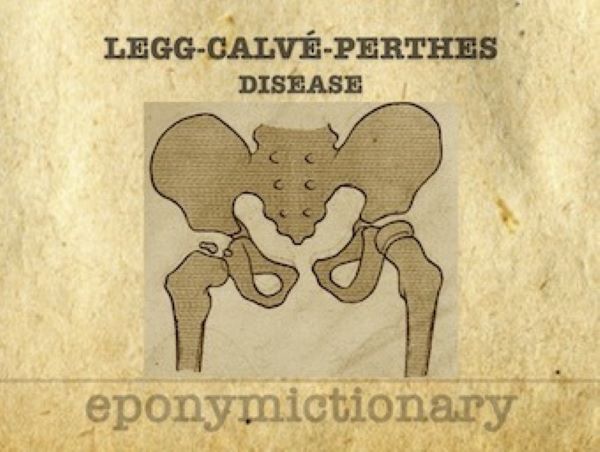
The last day of February each day marks Rare Disease Day. Legg Calve Perthes is one of those rare conditions that afflict children
Heba Hendawi

The last day of February each day marks Rare Disease Day. On this very day, the world celebrates warriors that fight unknown battles and raise awareness as to what they are sufferings from silently. Legg Calve Perthes is one of those rare conditions that afflict children. It is a bone disease that affects the femoral head of the hip bone. For no reason, the blood supply to the hip is disrupted and the nutrition to the femoral head is reduced and so the bone begins to weaken and fragments eventually.
The child feels pain and begins to limp. Overnight, life changes for these active children and they start to suffer. Perthes afflicts boys more than girls for among every 5 boys one girl only is diagnosed with Perthes. During a span of 3 to 5 years the blood circulation is restored naturally and the bone rebuilds itself. The femoral head regrows. For children under 5 years of age, it is a self-contained disease which means that it comes and goes on its own without any intervention and with best results. X-ray or MRI show the blood disturbance and the fragmented hip bone. Sometimes, in later stages, a dislocation takes place as the bone loosens and gets out of the socket. It falls into 4 stages. It starts with the initial stage where the disruption of the blood starts. Stage 2 shows the fragmentation and flattening of the bone. Stage 3 is the reossification stage where the dead bone is replaced by a new one. The last stage is when the bone heals and where the long term outcome is determined.
Read more: What is Legg-Calve-Perthes disease?
After the regrowth of the bone, sometimes there is a leg difference and the child still limps. In some cases, the head does not regrow as spherical as it should be and this results in future arthritis and a need to have a hip replacement as early as the twenties or thirties. In some other cases, everything turns out fine. This is what makes Perthes a confusing disease. It does not have a fixed protocol of treatment nor does it have a cure or medicine to facilitate the blood circulation.
No research or study proved that it is related to malnutrition, hereditary factors or traumas to the body. Orthopaedics paediatricians aim at alleviating the pain of the child and saving the bone in the acetabulum until it regrows. Surgical intervention is done in specific cases and not all children are treated with this option. Moreover, there is no definite operation to be done as each case differs from the other. The intervention aims at reducing the pain, giving a better range of motion for the hip. The two most important and effective sports for Perthes patients are cycling as swimming. Due to the disrupted blood circulation, the muscles weaken too and shrink so being active helps keep a toned thigh muscles and flexible hip. Both sports keep the body moving without putting weight on the ailing bone.
Read also: Rare Disease Day
Raising awareness for rare diseases is a kind gesture towards such warriors and their families. It makes them feel support and love. Talking about rare symptoms gives hope to early diagnosis and consequently early treatment and containment. The rare disease community adopted the zebra as its icon. The saying goes “when you hear hoof beats think horses not zebras.” Remember, that some patients defy the regular symptoms of many diseases and prove to be rare yet after a long journey of wasted time!
Published under the International Cooperation Protocol with Middle East Business | Life Magazine
______________________